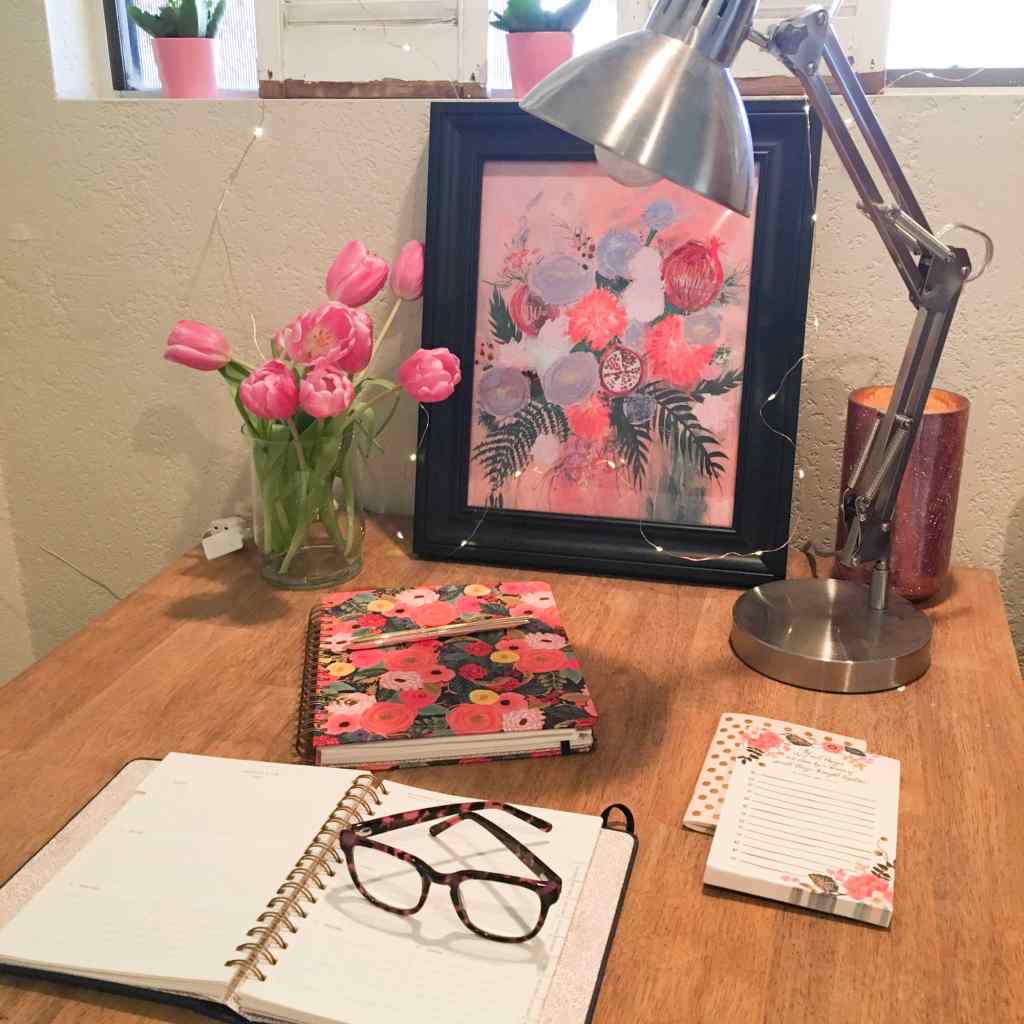There are a ton of perks to working from home, but being outside of a traditional office environment can make it more challenging than usual to stay on task. I’ve been freelance writing full-time for a few years now, and I’ll be honest: I’ve struggled at times with focus and productivity. I tried all sorts of time management and focus techniques, but, surprisingly, none of them worked as well as one single change: setting aside a space to be a dedicated office.
Up until last year, I largely worked from the comfort of my couch or kitchen table. While that was perfectly convenient, it also made it difficult to stay on task because I didn’t really have any lines drawn between work space and personal space. Because I never felt like I was “at work,” my focus suffered, and I found my mind wandering all too often. It makes sense, in a way, that I struggled to stay on task this way: I quite literally sat in the exact same spot to write articles or edit study guides as I did to browse Instagram or catch up on my favorite TV shows.
Separating your job from personal time is important for everyone, but that goes double for work-from-home careers, which allow a lot more blending and make it all too easy to get distracted. When I didn’t even have a distinct space for work, it’s no wonder that my brain kept wandering to other stuff! By creating a space for getting things done, it helped me get into “work mode,” and I found myself much more able to stay on task and productive throughout the day.
Related: I Write a To-Do List For the Day Every Morning, and It Actually Helps Me Stay Calm
I certainly don’t have a huge space or a separate room to work in, but even in a small space, it’s possible to set up a home office of sorts. All you need is a corner of your space to set up a small desk, a separate chair, maybe a desk lamp, and whatever else you feel is most important. Perhaps you’re an artist or a graphic designer, so you need your tablet ready to go. For me, as a writer, my go-to is a cute planner and my laptop. Making the space feel inviting is important, too: it shouldn’t feel like a “home” space, but adding some fresh flowers, a piece of artwork, or something else that screams “you” helps make it so you can look forward to the time you spend “at the office.” The important thing is to keep that space as just your office – don’t let it become your catch-all for keys and mail and that book you’re half finished reading.
Once I set up my desk space and started working exclusively from there, I immediately noticed a big shift in how well I was able to stay on task. I found myself more focused and confident. I wasn’t as tempted to procrastinate or shift focus to distractions; instead, it felt like “being at work.” In almost no time at all, I realized I was much more productive and, in turn, feeling better about my work habits. It’s easy to feel like working from home isn’t real work, so every little thing you can do to remind yourself that it is can really lift your mood and your work quality.
Aside from the huge productivity increase, having a dedicated space did wonders for me physically. I’m officially a true believer in the joys of an ergonomically correct desk chair. Where I was getting aches and pains from sitting at a weird angle on the couch, now I have good posture and don’t feel so physically drained. And, of course, that means that I’m also able to stay on task better because I’m not constantly fidgeting or getting distracted.

